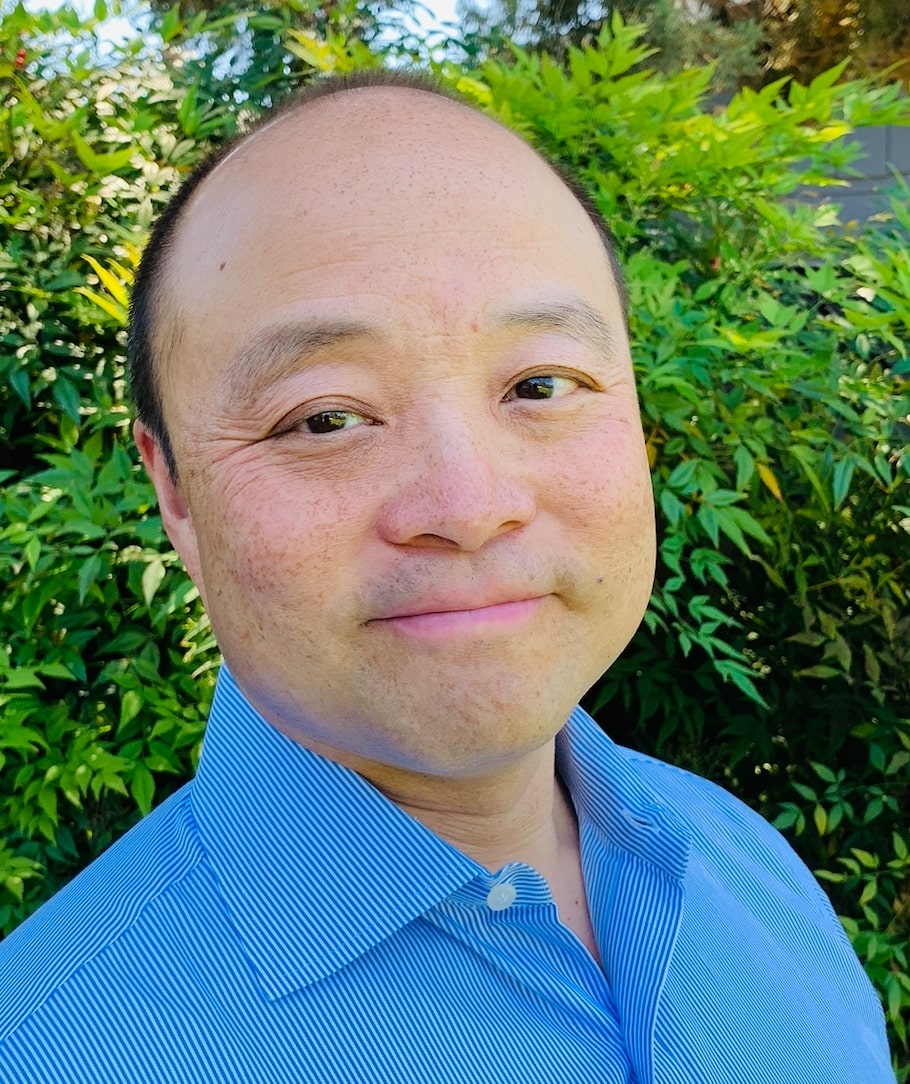DNA nanostructures can perform some of the complex robotic fabrication process for manufacturing and self-replication. Building things and performing work with nanorobots has been a major technical and scientific goal. This has been done and published in the peer reviewed journal Science. Nadrian C. “Ned” Seeman (December 16, 1945 – November 16, 2021) was an American nanotechnologist and crystallographer known for inventing the field of DNA nanotechnology. He contributed enough to this work published in 2023 to be listed as a co-author.
Seeman’s laboratory published the synthesis of the first three-dimensional nanoscale object, a cube made of DNA, in 1991. This work won the 1995 Feynman Prize in Nanotechnology. The concept of the dissimilar double DNA crossover introduced by Seeman, was important stepping stone towards the development of DNA origami. The goal of demonstrating designed three-dimensional DNA crystals was achieved by Seeman in 2009, nearly thirty years after his original elucidation of the idea.
The concepts of DNA nanotechnology later found further applications in DNA computing, DNA nanorobotics, and self-assembly of nanoelectronics. He shared the Kavli Prize in Nanoscience 2010 with Donald Eigler for their development of unprecedented methods to control matter on the nanoscale.
This work is a major advance to DNA Robots.
The movement of the subcomponents in this DNA robot system is controlled by DNA hybridization on the edges (epitaxial hybridization) and on the faces (folding). The nanorobot itself is a trimer construct of three attached DNA plates functionalized with DNA sticky ends on their edges or faces. The feedstock is a set of DNA functionalized plates. What sticky ends are hybridized depends on temperature. The sticky end hybridization can move the assembled feedstock plates to different geometries to make different constructs.



Considering that there are three moving axes between the robot trimer plates to change its shape, and three moving axes on the edges of the plates to change the product plates geometry, the current DNA robot system is capable of motion on six axes. The other operation that the robot can perform is joining, “welding”, accomplished here by the application of UV light. The UV light causes a cycloaddition reaction which covalently crosslinks DNA sticky ends that have been previously hybridized. Since temperature and light can be independently programmed, the produced structure is determined by the programmed sequence of changing temperature and light.
Operations of the nanorobot: are defined by the particular sequences. The hybridization of the DNA sticky ends is both an attachment and a selection method in this system. The sticky end sequences on the nanorobot and on the plates determine what components will attach or detach,
or be permanently joined by UV exposure. Given a certain set of sticky end sequences, the nanorobot and its feedstock can produce a particular set of different constructs depending on the programming.
Ned Seeman and other researchers demonstrated a DNA industrial nanorobot that fabricates a three-dimensional (3D), optically active chiral structure from optically inactive parts. By making use of externally controlled temperature and ultraviolet (UV) light, our programmable robot, ~100 nanometers in size, grabs different parts, positions and aligns them so that they can be welded, releases the construct, and returns to its original configuration ready for its next operation. Our robot can also self-replicate its 3D structure and functions, surpassing single-step templating (restricted to two dimensions) by using folding to access the third dimension and more degrees of freedom. Our introduction of multiple-axis precise folding and positioning as a tool/technology for nanomanufacturing will open the door to more complex and useful nano- and microdevices.

Brian Wang is a Futurist Thought Leader and a popular Science blogger with 1 million readers per month. His blog Nextbigfuture.com is ranked #1 Science News Blog. It covers many disruptive technology and trends including Space, Robotics, Artificial Intelligence, Medicine, Anti-aging Biotechnology, and Nanotechnology.
Known for identifying cutting edge technologies, he is currently a Co-Founder of a startup and fundraiser for high potential early-stage companies. He is the Head of Research for Allocations for deep technology investments and an Angel Investor at Space Angels.
A frequent speaker at corporations, he has been a TEDx speaker, a Singularity University speaker and guest at numerous interviews for radio and podcasts. He is open to public speaking and advising engagements.
>>> Read full article>>>
Copyright for syndicated content belongs to the linked Source : Next Big Future – https://www.nextbigfuture.com/2023/12/breakthrough-demo-of-3d-dna-industrial-nanorobots-manufacturing.html































